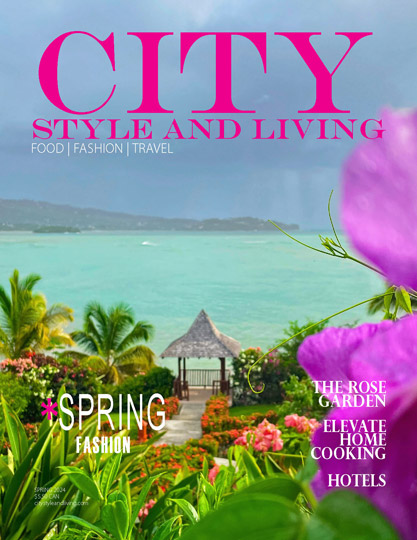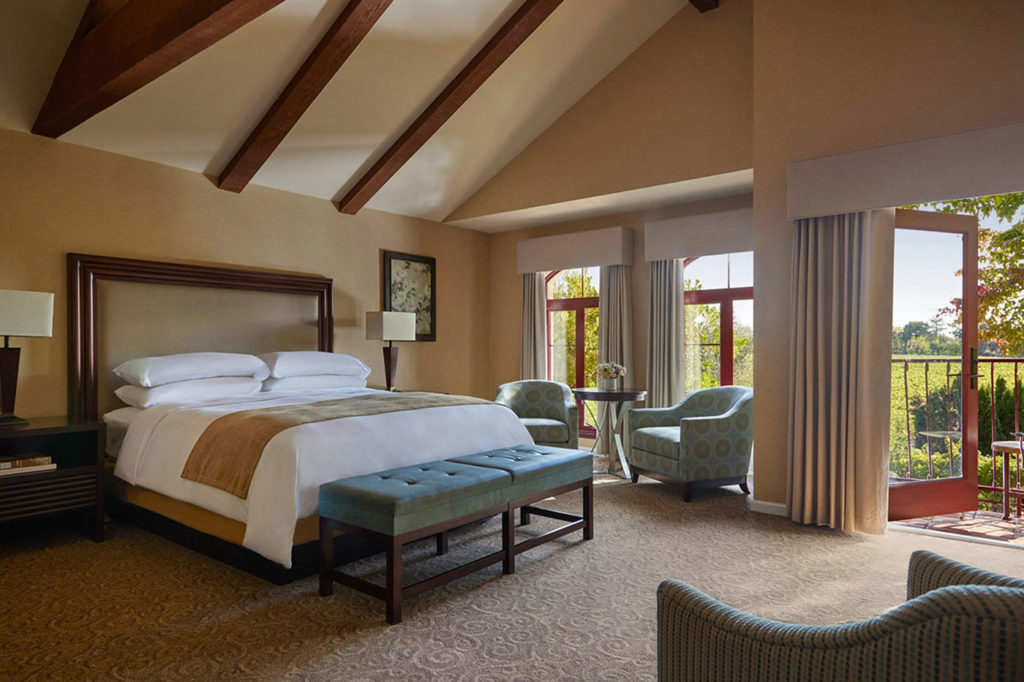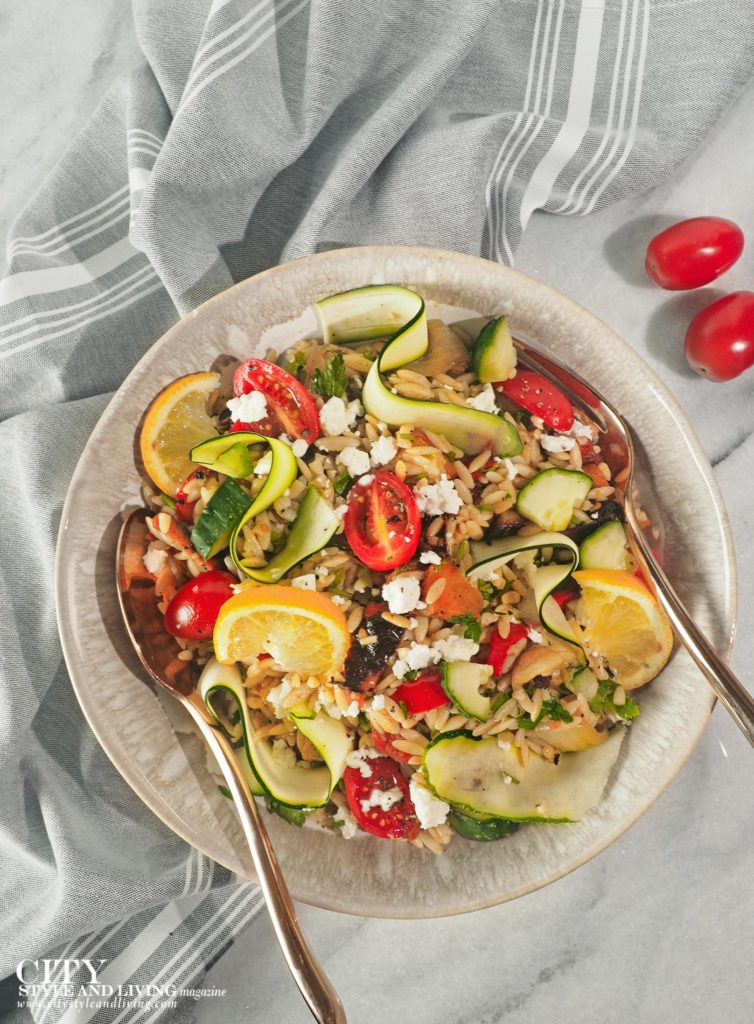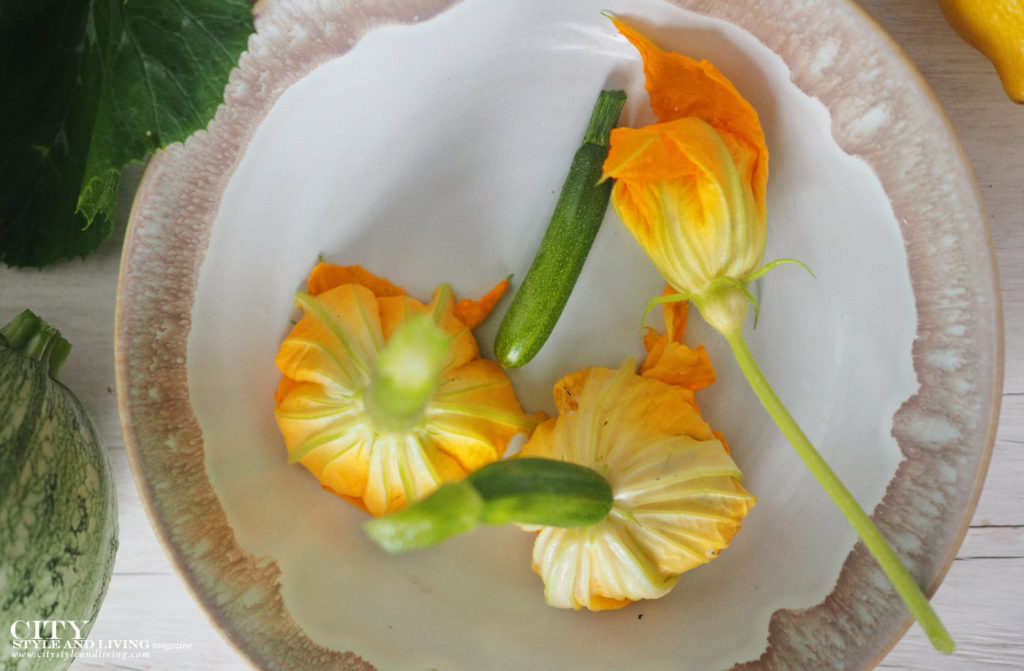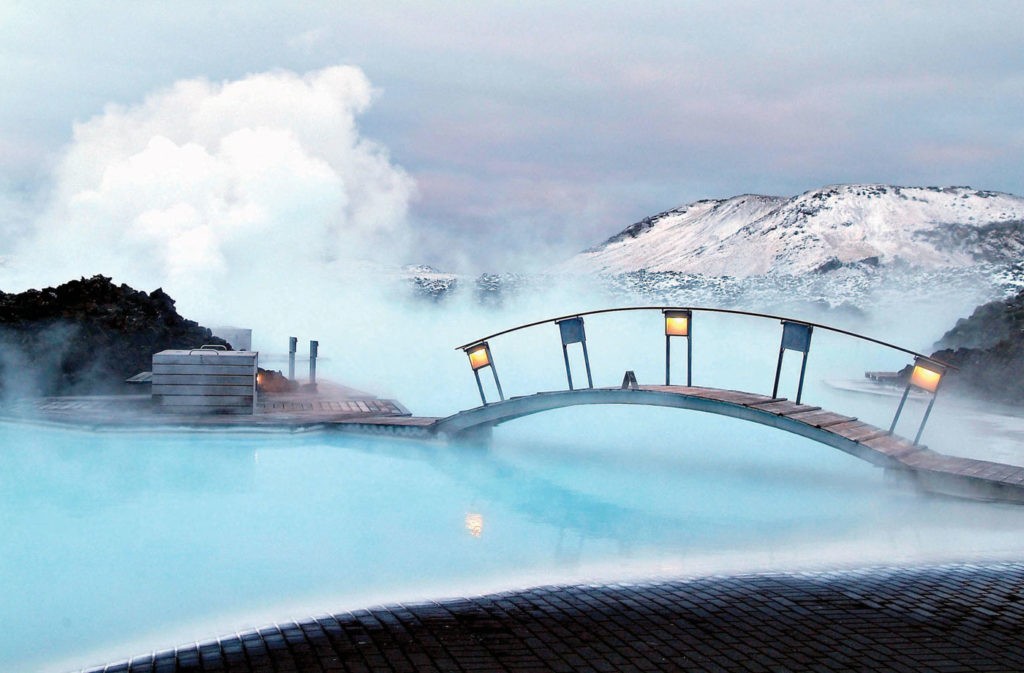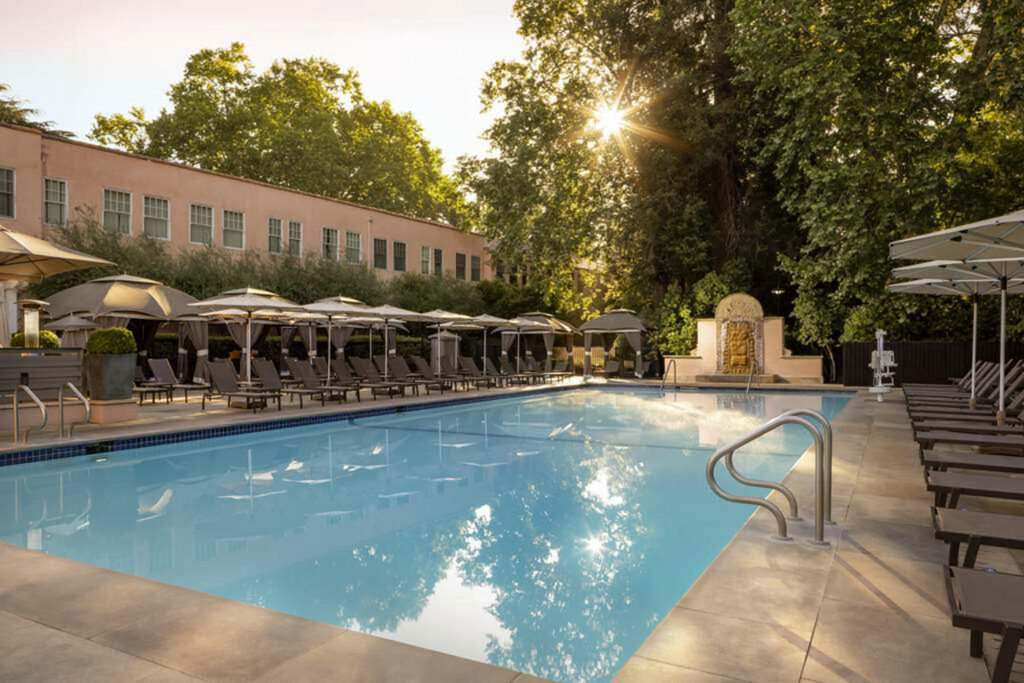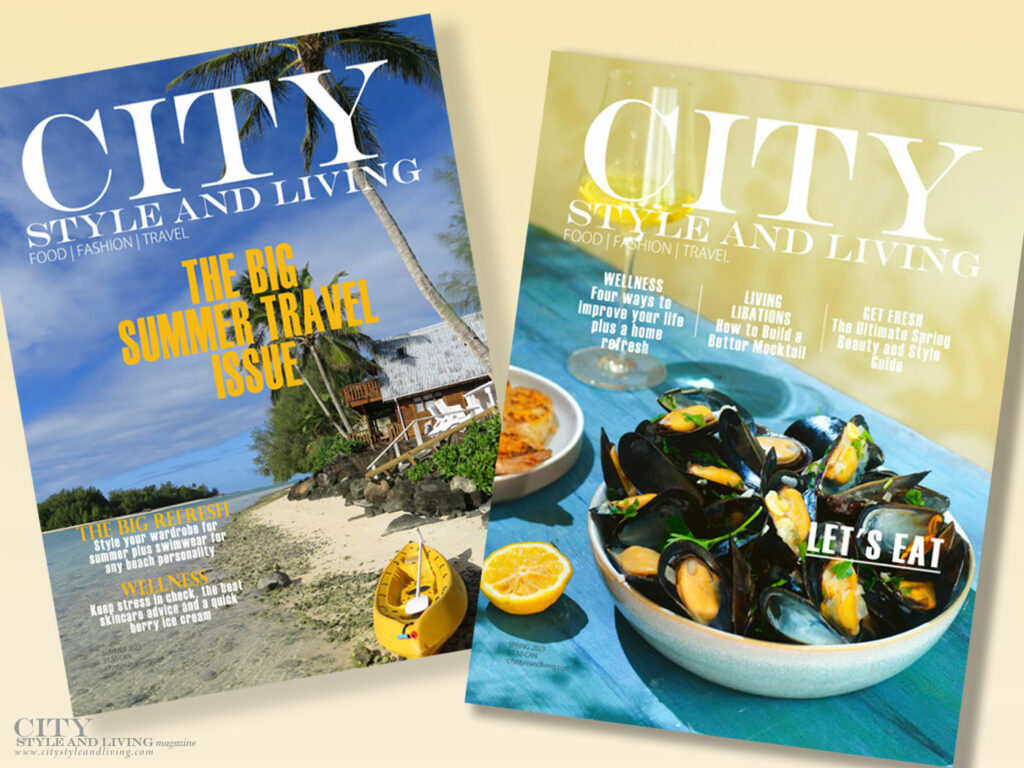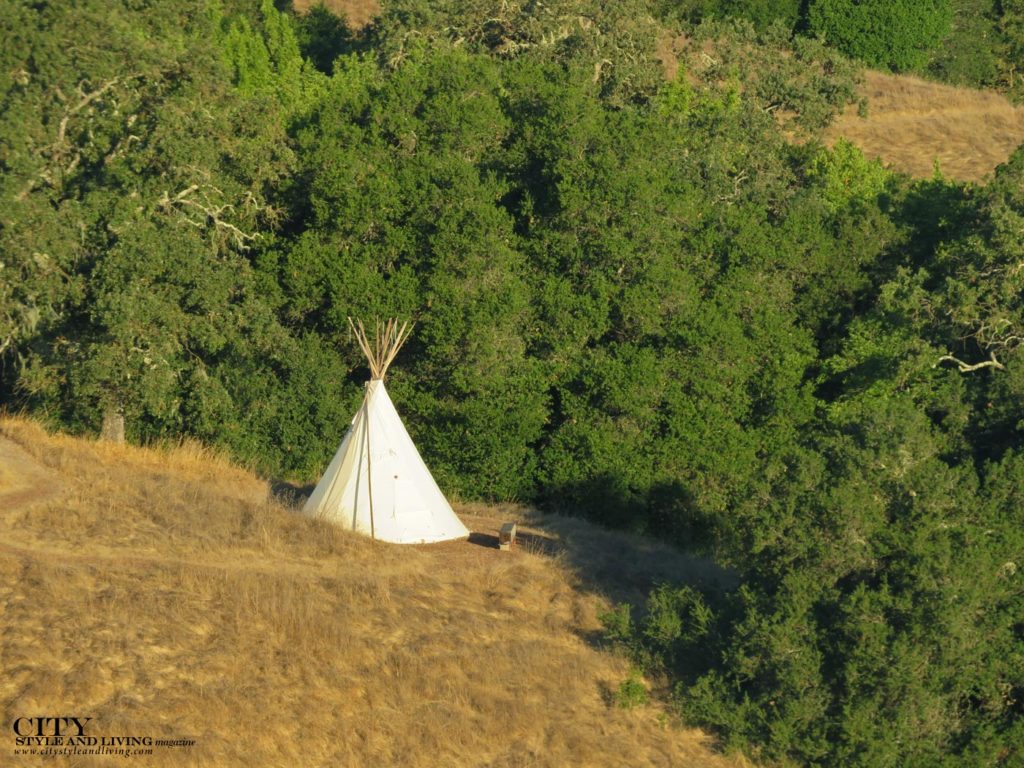
Outdoor adventure seekers led the way, but now, as Dr. Rookmin Maharaj discovers, this dragon’s land renowned for its castles, mountains and historical sites, is attracting a whole new crowd with luxury hotels, restaurants, boutique producers and converted slate mines.
NORTH WALES
The castles, mountains and fishing villages are all still here, but as Wales has become something of an adventure-seeker’s darling in recent years, luxury offerings seemed to have lagged behind. Now, a slew of hotels, restaurants and entertainment centres are vying for attention, that is, if you can take your eyes off the landscape long enough.
The first thing I notice as I cross into Wales is that the signs are bilingual — both araf and slow are painted on asphalt roads, and in conversation, the double ‘l’ sound rolls off the tongues of locals. North Wales has a strong Welsh culture and the area is dominated by castles, ancient Neolithic burial sites and Snowdownia, a massive national park.
I head directly for the 13th-century Conwy Castle, a UNESCO World Heritage Site comprising numerous towers, (twenty one to be exact) stairwells, ramparts, dark passages and dungeons. Narrow cobbled streets much of them still preserved within the city walls, and traditional structures encapsulate this remarkable medieval town.
Just outside the walls of Conwy Castle is the smallest house in Britain, the Quay House, I had to compare to see if it was smaller than a New York city apartment. The Quay House is just that bit smaller, although it boasts a stairwell to get to the sleeping quarters upstairs. Built in the 16th century, as were many other houses of similar size in the area, the Quay House was the only one left inhabitable and in-use until 1900. Painted red outside, the ground floor is used as the living area with room for coal and an open fire, and a love seat with a water tap tucked behind the stairs.
About five minutes away by foot is Plas Mawr, an Elizabethan townhouse dating from the 16th century. Its first owner Robert Wynn was an influential merchant of the time, and used his home to convey his status with white plaster friezes, the latest innovation in carpentry of the time, and bold colour.

For centuries Wales was known as the slate capital. Remnants of Wales’ old time slate industry have been tapped for multiple modern day uses and, as gin has become fashionable again, Aber Falls Gin Distillery has repurposed a former 19th century slate works into the site of its premium small-batch spirits operation. Alongside unusual and award-winning gin flavours like orange marmalade and rhubarb and ginger, the distillery also produces coffee liqueur, salted toffee liqueurs and is set to launch single malt whiskies.
From the distillery, passing through the Menai Bridge I come to one of the highlights of the North, Anglesey, an island playground considered holy by the Druids of yore. Food producers and chefs are drawn to the Menai Strait, the waterway that separates mainland Wales from Anglesey, for its unique ecosystem – ideal for seafood, fish, and sea salt.
Being an avid Great British Menu aficionado, I know I have to visit Marram Grass restaurant. Ellis Barrie, a finalist on the show, and his brother, Liam are chef-owners. I drive past Marram Grass restaurant as it is in a very unassuming location. The décor is equally low key. The food however, is anything but. A trio of local oysters are superbly plump, sweet and delicious. Lamb three ways with BBQ cabbage and Lyonnaise potatoes is seasoned to perfection, and the chefs manage to do something new with this beloved Welsh ingredient. I barely have room for house made vanilla ice cream — but, oh what a treat! Anglesey, even with all its beauty, has lots to cherish at this restaurant.
The continuous replenishment of salt water in the Menai Strait is one reason for the success of Halen Môn Anglesey Sea Salt Company. Twenty one years ago, Alison and David Lea-Wilson began to experiment with boiling sea water on their stove during the winter downtime from their business the Anglesey Sea Zoo (still next door, but now sold). Their success breeding the notoriously finicky seahorse had spurred them to try making sea salt from the nearby waters. Today, their newly constructed production facility and visitor’s centre, clad in weathered wood with a curved roof, is built with sustainability in mind. The tour with Rob, my jovial guide, ends with a taste test of some of the classic and more unusual flavours of sea salt the company produces (unfortunately, the vanilla salt was on production hold). I am also introduced to their most distinctive product, smoked water, beloved of the Barrie brothers and Heston Blumenthal.

Tucked away in a quiet corner of a residential area on Anglesey, Plas Cadnant Hidden Gardens comes into view slowly. Owned by Anthony Tavernor, the ten-acre garden is best known for its gorgeous centuries old garden wall. It was painstakingly restored in 2016 after flooding damaged the property. On the day I visit, scores of hydrangea are blooming in fuchsia, electric blue, indigo and every shade in between. I have never seen hydrangea in so many colours. Everywhere I turn, flowers, greenery or fruit trees are crammed into beautiful vistas ranging from a cottage garden, greenhouse, and formal gardens to forest and waterfalls. The gardens are filled with groups of people taking in the sunshine at this true hidden gem.
With its cliffs and rocky coastline, Wales is ideal for coasteering – don a wetsuit, shorts, helmet and old shoes and plunge into the ocean as you navigate the rocks, waves, and caves. I had heard about it for ages and wanted to partake, so anxious but excited, I slithered into gear, and waded into the ocean with Anglesey Adventures. Our small group swam about a mile in total but stopped along the way rock-hopping, shore-scrambling, swell-riding, cave-exploring and, yes, cliff-jumping. It was frightening, exhilarating and, most of all, fun. I was made secure and felt safe because of my guide Arron Miles (he and his dad Stephen have been coasteering for years along the coast of Wales). I certainly will go on this adventure again when I return to Wales, but next time I would bring my waterproof camera and maybe try jumping off a cliff or two.
Scenery is certainly one of the delights of Anglesey and my luncheon at The White Eagle in Rhoscolyn where Prince William and Kate used to enjoy a tipple when they lived on island, does not disappoint. Gazing at sheltered Borthwen bay, I enjoy a kid’s fish and chips (which I could not even finish as the portions are huge).
While talking to patrons at The White Eagle about what I should not miss in the area, I was told that I had to visit Llanddwyn Island as it is one of the most romantic and beautiful places in Wales. Not only is it synonymous with Dwynwen a 6th Century Saint (the Saint Valentine of Wales) but Llanddwyn Island is a film makers dream. Tŵr Mawr, a lighthouse, sits atop the rocky shoreline and was the backdrop for Demi Moore’s romantic thriller Half Light.
It should have been just an hour from the restaurant but I drove around looking for the Newborough Warren car park on Anglesey and finally got there, knowing I had about an hour walk toward the lighthouse to get my perfect picture. I carelessly walked through the beach to get to the island without being cognizant about the time. The landscape of this National Nature Reserve is, I am sure, the habitat for a wide range of plant and animal life with its undulating wild grass strewn dunes, huge granite rocks, and meandering paths.

After a few hours, intoxicated with my surroundings and unaware of the flux of tides that flood the only route back to the mainland from this tidal island, I confront waves on my return to the once sandy beach. I know this is not the time to panic and try a few routes before frantically wading through one of less perilous paths within the ocean. Lesson learnt — be aware and respect the fluctuation of the tides. After this experience I go straight to bed.
The next morning, I take the least strenuous way to ascend Wales’ highest mountain via Snowdon Mountain Railway. Beginning from the forest setting of Llanberis, the narrow gauge railway in operation since 1896, winds through fields dotted with sheep that leap at the sound of the train’s horn, past old stations toward the hallowed summit. Sitting right behind the conductor I can see the hikers below weaving their way up the mountain in the pouring rain that turns to sleet and hail. At one point we pass one of the vintage steam-powered trains that the company also operates. It is too cold, windy and foggy to see anything from the viewing platform. Instead, a group of runners scaling the highest mountains in Europe serenade the crowd.
I drive to Caernarfon Castle another UNESCO World Heritage site built between 1283 and 1301. Figuring prominently in the English control of Wales, much of this castle’s construction was based on Constantinople’s 5th-century walls. It is very impressive and certainly is distinct from other castles in North Wales.
Seeing that I have been inactive for most of this trip I decide to take a hike, literally, without the proper hiking boots and gear. From the grounds of Marram Grass in Anglesey I had seen the majestic mounds of the Llyn Peninsula. One of the mountains, Yr Eifl, is 564 meters above sea level —doable I think. This adventure begins as a walk on relatively flat ground gradually becoming rockier about twenty feet from the summit, the huge boulders seem to have been placed one upon another by some miners from years gone by.
Without the right gear and winds which came from nowhere pushing me in every direction, I decide not to forge my way to the summit but to leave this for my next visit. Even at about five feet to the summit the views are spectacular. The solitude and peace make it heavenly. I meet only a couple of hikers coming down, and then it is time to descend and get back to reality. Logged as the second adventure to redo on my next trip to Wales — do come prepared with hiking boots!

To get a real feeling for Wales, I decide to stay in Snowdonia National Park. Wales’ largest (2,132 km²), highest (Mount Snowdon is1085m), and oldest (established in 1951) national park. Rivers, lakes, waterfalls, forests, moorlands and valleys attest to glacial movements’ eons ago. Historical sites from burial chambers, Roman forts, Norman and Welsh castles, steam railways and mines highlight the role of waves of invaders and inhabitants over millennia. The national park also figures in mythology. Mount Snowdon is said to be the site where King Arthur killed a fearsome giant, Rhitta, and Lake Llyn Llydaw is believed to be the final resting place of Excalibur, Arthur’s sword.
Situated in the south of Snowdownia National Park, in an area renowned for its walking trails including the Mawddach, the Royal Ship Hotel pub and hotel sits on what was once a 19th century coaching inn in Dolgellau. A cozy-chic vibe excellent food and friendly staff make this an ideal choice in the market town. Dinner is kindly brought up to my room as I lazily indulge with a wonderful glass of red wine.
Dolgellau is a great little town, distinctive in that all “the masonry … merits particular notice,” as Richard Fenton, famed Welsh lawyer and poet noted in 1808. “From time immemorial they have been built with very large stones… lifting them with an immense machine which takes above a day to erect, and worked by two men requiring a Lever of vast power.” This description defines the Dolgellau of today characterized by walls of chunky dark grey stonework looming over the passerby.
Of course, I cannot come to Wales and not visit the slate mines. Llechwedd Slate Caverns is a one stop shop. This multi-use complex includes Bounce Below where visitors jump on trampoline-like nets in a disused slate cavern, Zip World, a zipline and Glamping at the Slate Caverns, six safari lodges overlooking the stunning Vale of Ffestiniog.

I opt first for the underground slate mine tour which delves into the history and mechanics of slate mining, the industry that defined the area for centuries, and attempts to demonstrate what it was like for the slate workers.
We descend 500 feet into the Llechwedd Deep Mine, the deepest accessible area of the site, in the company of guide Rich. He actually worked the last year the mine was in use in the late seventies, so he has firsthand knowledge of what it was like to work with slate. We take the plunge in cars riding to the start of a walk through ten massive subterranean chambers, further highlighting the incredible stories of the miners and the difficult working environment they had to endure. Rich describes the 200-year history of mining at Llechwedd, and we are able to see how some of the chambers are presently being used to mature local Welsh cheese.
The history of the miners is poignantly and dramatically acted out on this tour in which I was honoured to take part. Rich concludes with an award-winning light and sound display at the underground lake, highlighting silhouettes of workers, young boys toiling underground in order to take care of their families. This display is heart wrenching and powerful. To truly experience the heart of Wales, everyone should take this tour.
At Llechwedd Slate Caverns, I am also extremely eager to go glamping in the quarry and I am not disappointed with this self sufficient oasis set on a steep, rugged hillside with amazing views. Although it rains cats and dogs and the wind howls, the safari lodge that is mine for the night is a welcome haven — fully stocked with Welsh cakes, a warm fireplace, oven, stove and refrigerator, full bath and my choice of beds as it sleep four or five people. In the morning Rich brings me some cheese matured in the slate mines —a great treat that I thoroughly enjoy with a few slices of toast.

At first, I don’t believe I’ve reached 13th century native Welsh Dolwyddelan castle as it is set on farmland just off of the main road. After a short, pleasant walk I see the rectangular tower rising from a verdant hill. The castle is believed to be the birthplace of Welsh prince Llywelyn the Great, the last of the Welsh rulers. Through the embrasure there are spectacular views of the mountains and craggy landscape.
I leave here for the Ffestiniog Steam Railway, the oldest independent railway company in the world, established in 1832. I indulge in the luxury of the First Class Pullman carriage from the quarrying town of Blaenau Ffestiniog to the harbour in Porthmadog. Passing rental cottages owned by Ffestiniog Steam Railway, the train snakes its way through the mountains via serene meadows, primeval forests, lakes, waterfalls, from mountains to sea.
Perched on the hills above the Dwryryd estuary is the estate of Portmeirion, the brainchild of Sir Clough Williams-Ellis based on the fishing village of Portofino on the Italian Riviera. For fifty years, well into his nineties, he integrated fragments of demolished buildings, including works by a number of other architects into one of the oddest villages ever conceived.
On the site of a late 18th-century foundry and boatyard, and a former private estate called Aber Iâ (which means Ice estuary in Welsh), Portmeirion is now a cluster of historic cottages, iconic architecture, a spa, stylish shops, two hotels, award-winning restaurants, casual cafes, an Italian ice cream parlour, exotic gardens and sandy beaches.
To me, the most understated elements of this estate are the flora and fauna. An important collection of rhododendrons with humongous trunks, camellias and other exotic plants were planted by the previous owner George Henry Caton Haigh. There is also the exceptional opportunity to go birding on the grounds.
Few panoramas in Wales can match that of Harlech Castle — the mountains of Snowdownia are the backdrop to green hills and farmland which gently slope toward the Irish Sea. Although built by English monarch Edward I to contain the Welsh population, it is evident that accenting the beauty of the landscape played a role in the castle’s construction.
Another day, I visit Criccieth castle which looks like a postcard depiction of Wales. On a rocky hill, it overlooks the sea, though today much of its interior is lost. Its thick walls and towers, however hearkens back to the days when this fortification was built by Llywelyn the Great to ward off English invaders.
On the adjacent beach, Dylan’s restaurant Cricceth is uniquely situated with sea and castle views. An institution, this restaurant group boasts three locations in North Wales. Specializing in local seafood, I have a wonderful lunch of steamed mussels and fries (I would come back just for these), and Menai strait pizza loaded with crab meat, prawns, basil and tomato. The atmosphere is convivial and my waiter Ellen and I chat until dessert arrives — a warm chocolate brownie that is decadent and luscious. Success has come quickly to Dylan’s but the quality remains paramount from delicious bread served alongside the meal, to friendly staff that makes my meal exceptional.

MID AND SOUTH WALES
No one should visit Wales without stopping at King Arthur’s Labyrinth. This complex gives interesting insight into the legends of King Arthur and its Celtic antecedents.
One of the most fun-filled adventures takes place underground in a transformed slate cavern. A hooded boatman ushers us through King Arthur’s mythical world of dragons, giants and knights as Taliesin narrates. For a few moments, as the group sits on our boat and we pass a waterfall, all the lights go out and I have never before experienced intense darkness like that.
Afterward, I am prompted by staff member Tony to earn a gold medal, by trying to find my way out of King Arthur’s Labyrinth. This wooden fenced maze features Celtic fables and, as the many strollers attest, a fun excursion for children of all ages.
With so many options, you could spend a full day here. Corris Craft Centre, where King Arthur’s Labyrinth is located, is a great collection of octagonal shaped kiosks to keep the whole family entertained for hours.
Shops like Delyn Glass owned and operated by Kevin Brown are bursting with creativity. I stand mesmerized watching him handcraft his glass sculptures with the alchemy of fire and talent. Delicate bluebells appears before me in a few deft motions.
Of course, I could not resist a rare opportunity to visit a working craft gin distillery, Dyfi Distillery, another of Corris’ producers. This small, award-winning company is owned by Pete Cameron and his brother Danny, a wine and spirits professional, knighted by the Queen. Using wild foraged botanicals like bog myrtle, bilberry and lingonberry, they produce 3 gins: original, pollination and hibernation (white port barrel aged). Cameron enthusiastically pours samples from playful, curlicue bottles (which have won awards for their design) with an unmistakably pungent, botanical taste.
Another shop that should not be missed is Tawny Owl Toys and Gifts. Maureen Curry and her husband make carved wooden toys including cars, trains, tractors, dragons, and stools, which can be hand painted and personalized.
The highlight of my day at King Arthur’s Labyrinth is luncheon, at Y Crochan café —a delicious cawl soup (lamb stew), Welsh rarebit festooned with crisp leeks and carrot cake.
Next door, an archway leads to the vibrant Welsh food and drink shop “The Y Crochan Larder”. There is a tempting range of Welsh food and drink such as Bara Brith (Welsh fruit cake), a selection of Welsh cheese, Welsh whiskeys and liqueurs, beer and cider.
As an ice cream connoisseur, I am drawn to a glass display from the company Welsh Maid. Kim, the attendant, gives me a tasting (a huge scoop of rum and raisin) it is the most creamy and delectable ice cream I have in Wales. And, I am again reminded why everyone should put King Arthur’s Labyrinth on their bucket list.

In the Tywi valley of Carmarthenshire the 10-acre Aberglasney Gardens stands out not only because of its medieval origins but because each of its themed garden rooms is a discovery. Passing first through the ninfarium with its purple orchids, I make my way to its many walled gardens. The vegetable garden is a masterpiece with zucchini, high density apples, pears and amaranth, to name a few. So too the sunken garden with its water feature by William Pye. Perusing the flowers and plants, even on a rainy day, Aberglasney Gardens makes me feel invigorated.
It’s easy to see why so many people flock to Powis Castle. The medieval stone exterior masterfully conceals an enclosed courtyard with massive bronze statues, an elegant garden on the undulating grounds below and an interior featuring a grand wooden staircase, and several richly decorated rooms. I am struck by the well-kept collection of Indian artwork brought over by the Clive family from the subcontinent.
As I make my way further South in Wales, I visit Coch Castle, known as the red castle. Taking its decorating cue from Moorish, Roman, and medieval periods and even Aesop’s fables, the castle was rebuilt in the 19th century by the wealthy 3rd Marquess of Bute. I wish I had more time to explore the forest that surrounds the castle which looks like a fairy land and is said to be home to rare species of birds and animals.
Caerphilly is renowned in Wales for its eponymous cheese and at the centre of the town, its imposing castle. When I visit there are swans playing in the artificial lakes that mirror the castle. Once inside I am given a treasure map (actually for kids) to find all of the various statues, artwork and installations that are seamlessly woven into the castle experience. Counting the arrows at the base of a statue, or details on the herald of another is a fun, interactive way to get to know the history and features of the castle although due to time I am unable to finish.
Although I’ve had many, there is always another adventure to enjoy on my next trip to Wales.
This original article first appeared in the Winter 2018/19 issue of City Style and Living Magazine.
Don’t Forget to Follow City Style and Living on Social Channels: Instagram, Twitter, Facebook, Pinterest
